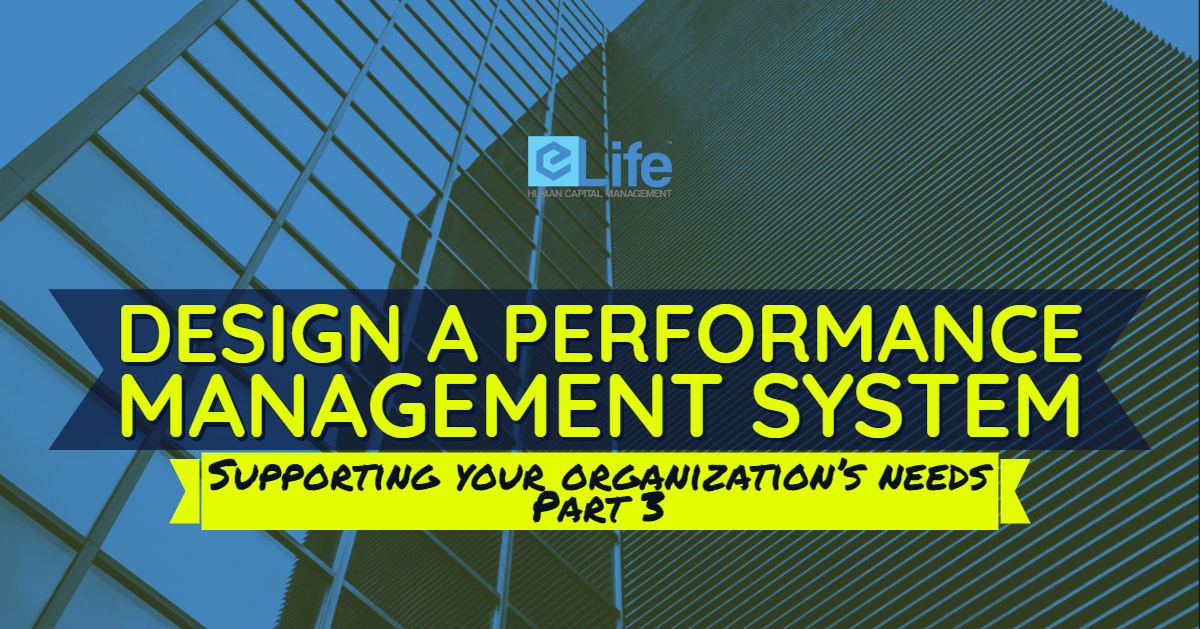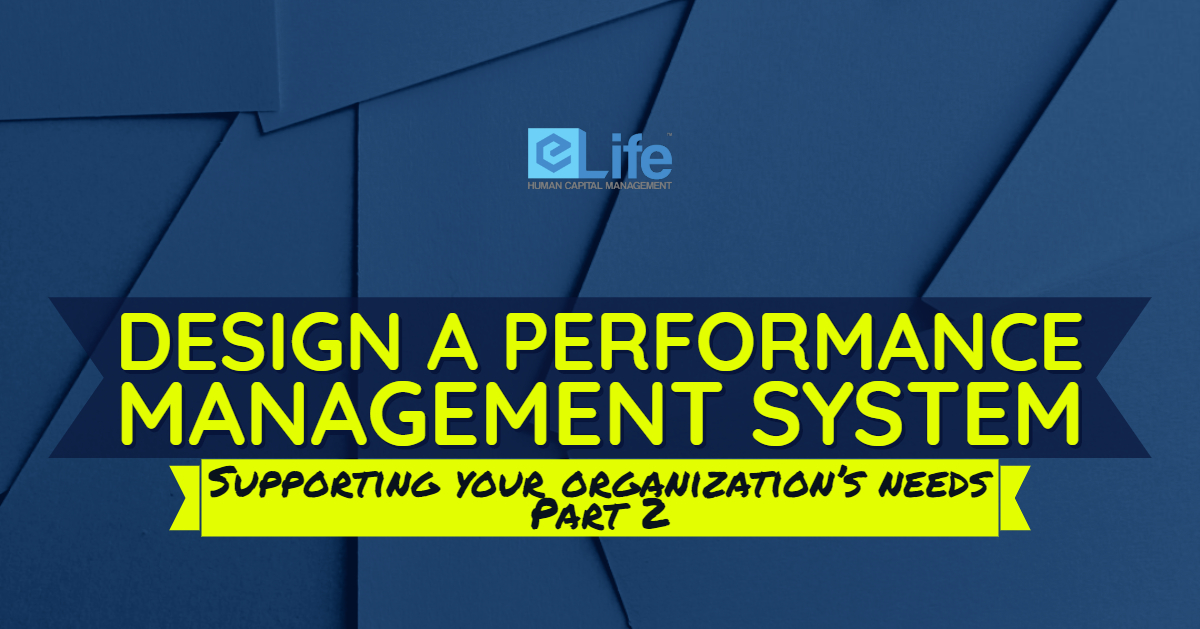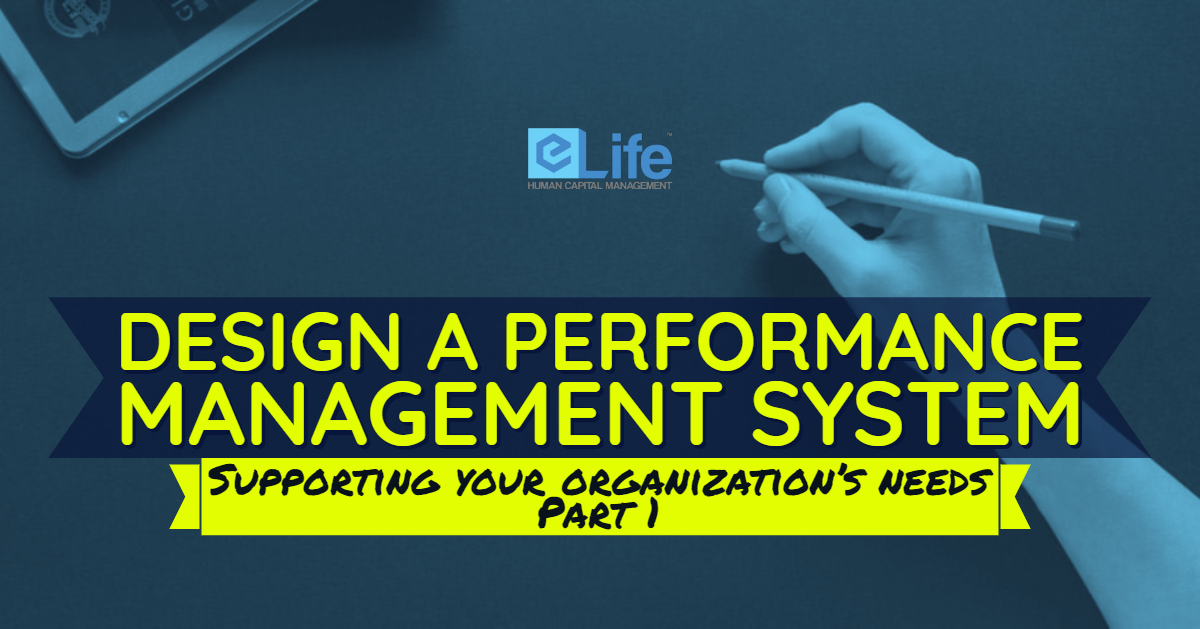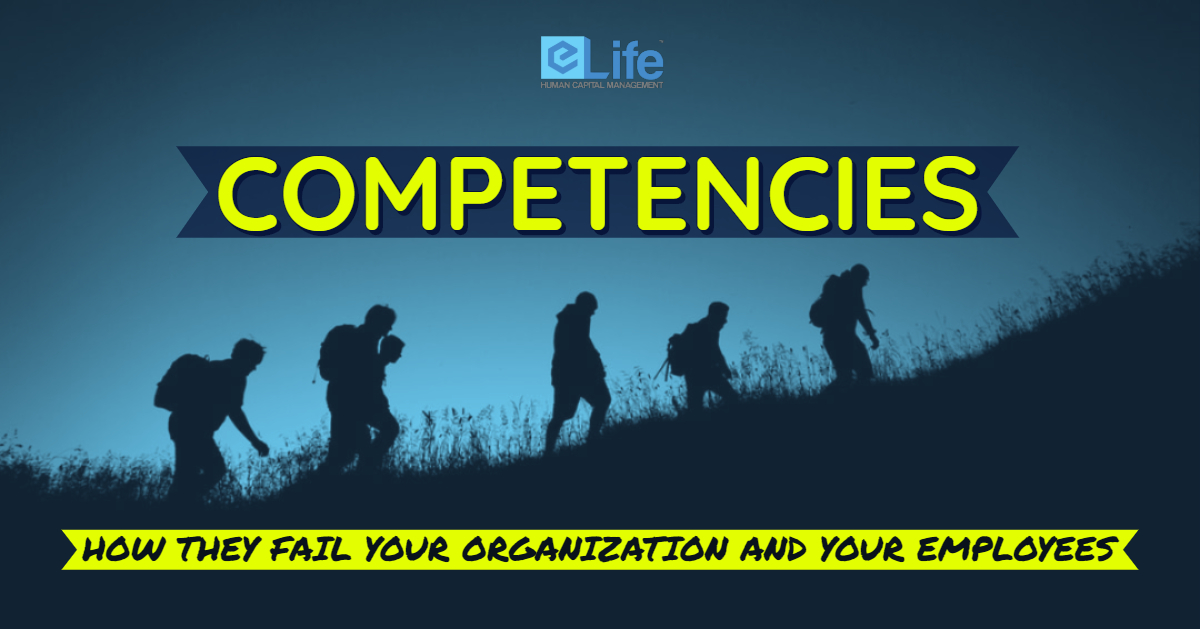Design a Performance Management System
Supporting your organization's needs - Part Three
Whether you say it or not, we all want to be recognized for the hard work we are doing. The trick with recognition is it's not a one-size-fits-all solution. Just as every employee you have is different and unique, so is the way each one likes to be recognized. This, however, does not mean if you have a hundred employees, you need a hundred ways to recognize each for a well done job. The key is to have several avenues of recognition, increasing your odds of successfully recognizing your people.
Recognize in the moment
Probably the best or most productive employee recognition program seamlessly recognizes employees when something happens. If your employee does a great job with service recovery and makes a customer happy, recognize the employee right then and in front of the other staff. More often than not, managers focus on what went wrong and harp on their employees about the negative, forgetting to celebrate the positives. Many companies have started using cards, so they can write down what the employee did well and use that card to post the information on an internal communication board. Companies doing this well, also let employees recognize each other with these cards.
Design a Performance Management System
Supporting your organization's needs - Part Two
Continuing with our subject of creating a performance management system which supports your organization, we will look at training. In the last edition, we spoke about different ways to communicate and how that can improve the performance management in your department and company. This week, we will look at learning, coaching and mentoring; and ways these can help performance management.
Training
Every day, in millions of companies across the globe, training is happening. How your company does this import task has a lot to do with the success or failure of your performance management system. Have you ever started a new job, only to be left to figure it out on your own? Or, you were assigned someone to train you and show you the ropes, but that person was not invested in the process, or maybe he or she started two weeks before you. Although no company sets out to fail at training, it happens and the impact is huge.
Companies need not invest in expensive learning management systems to have a culture of learning. Rather, they need a comprehensive plan, detailing how training is to happen, whether it is with new hires or training for a new product. The key is having trainers who are passionate about your company and are dedicated to the success of the students.
When new hires start, they should be assigned someone to train them, including showing them the ropes. They should be taught where the bathrooms are located and all the on boarding stuff. This same person should show them the job, help them learn the steps to be successful and help them understand their goals and how their tasks impact the department. When employees learn their goals in their first few days, they understand and execute their performance expectations quickly and effectively. They are more likely to quickly see their place in the big picture, which can be difficult as a new hire.
Design a Performance Management System
Supporting your organization's needs - Part One
In today’s workforce, it is important to develop a performance management system that fits your organization and culture. Just like employee engagement tactics, there is not a one-size-fits-all solution to performance management. In this series, we will look at six different ways that you can develop a performance management system that works for you. This three-part series will discuss performance management systems that will support communication, learning, coaching, mentoring, recognition, and motivation between employees and their immediate supervisor.
It has been said and well documented that communication is the largest issue every company or department struggles with. I am not sure anyone can over-communicate. Most everyone wants to know what is going on. The trick is communicating what the staff needs to know versus what they think they need to know. We have all worked with people who found power in the knowledge of something that was happening and as long as they held onto that knowledge then they believed they were a valued part of the team. The biggest issue that comes from not communicating is trust. When employees are left to figure things out, they start to speculate on things which leads them to distrust their leaders. Here are a few ways to communicate with your team, creating a positive impact on performance management.
Habits - We all have them
Like it or not, we all have habits, good ones and bad ones. Some good habits could be improved and some bad habits should go away. In the workplace, good habits will help you achieve your goals and allow you to succeed when working on projects.
History
Habits are defined as a regular tendency or practice, especially one that is hard to give up. By definition, it easy to see how good or bad habits can help you in the workplace.
Urban legend states a new habit can be formed in 21 days, although this is certainly possible, it is not the norm. If you do something every day for 21 days, it certainly becomes routine and will soon become a habit. However, research conducted by Phillippa Lally, a health psychology researcher at University College London, determined that on average, it takes more than two months before a new behavior becomes automatic — 66 days to be exact. And how long it takes a new habit to form can vary widely depending on the behavior, the person, and the circumstances. In Lally's study, it took anywhere from 18 to 254 days for people to form a new habit.
In other words, if you want to set your expectations appropriately, the truth is, it will probably take you anywhere from two to eight months to build a new behavior into your life — not 21 days.
Competencies - How they fail your organization and your employees
Competencies, as a concept for performance management, have been around since the early 70’s. The idea of looking at what and how an employee does a job, can be a great indicator of their performance, so it makes sense to measure employees against their individual competencies. On August 18, 1988 President George HW Bush delivered a speech where he spoke of a “kinder, gentler” nation. In my opinion, this marked the beginning of the trophy generation or era of participation awards. Everyone wins something, whether you win the event or not, effectively creating a softer, gentler workforce.
A little background
Competencies are defined as the ability to do something successfully or efficiently. Competencies are what people need to be successful in their jobs. Job competencies are not the same as a job task, this often gets confused or mixed up. Competencies include all the related knowledge, skills, abilities, and attributes that form a person’s job. This set of context-specific qualities is correlated with superior job performance and when used correctly, can be used as a standard, against which to measure job performance as well as to develop, recruit, and hire employees.
Competencies provide organizations with a way to define, in behavioral terms, what it is people need to do to produce the results the organization desires, in a way that is in keeping with its culture. By having competencies defined in the organization, it allows employees to know what they need to be productive. When properly defined, competencies, allow organizations to evaluate the extent behaviors employees are fully demonstrating and where they may be lacking.
Dreyfus and Dreyfus [1] introduced nomenclature for the levels of competence in competency development. The causative reasoning of such a language of levels of competency may be seen in their paper on Calculative Rationality titled, "From Socrates to Expert Systems: The Limits and Dangers of Calculative Rationality". The five levels proposed by Dreyfus and Dreyfus were:
- Novice: Rule-based behavior, strongly limited and inflexible
- Experienced Beginner: Incorporates aspects of the situation
- Practitioner: Acting consciously from long-term goals and plans
- Knowledgeable practitioner: Sees the situation as a whole and acts from personal conviction
- Expert: Has an intuitive understanding of the situation and zooms in on the central aspects
When used correctly, competencies can give one some insight into how an employee will perform or how they have performed. This is great information for recruiting or succession planning. Competencies can also be used in performance management as long as it is done correctly.





